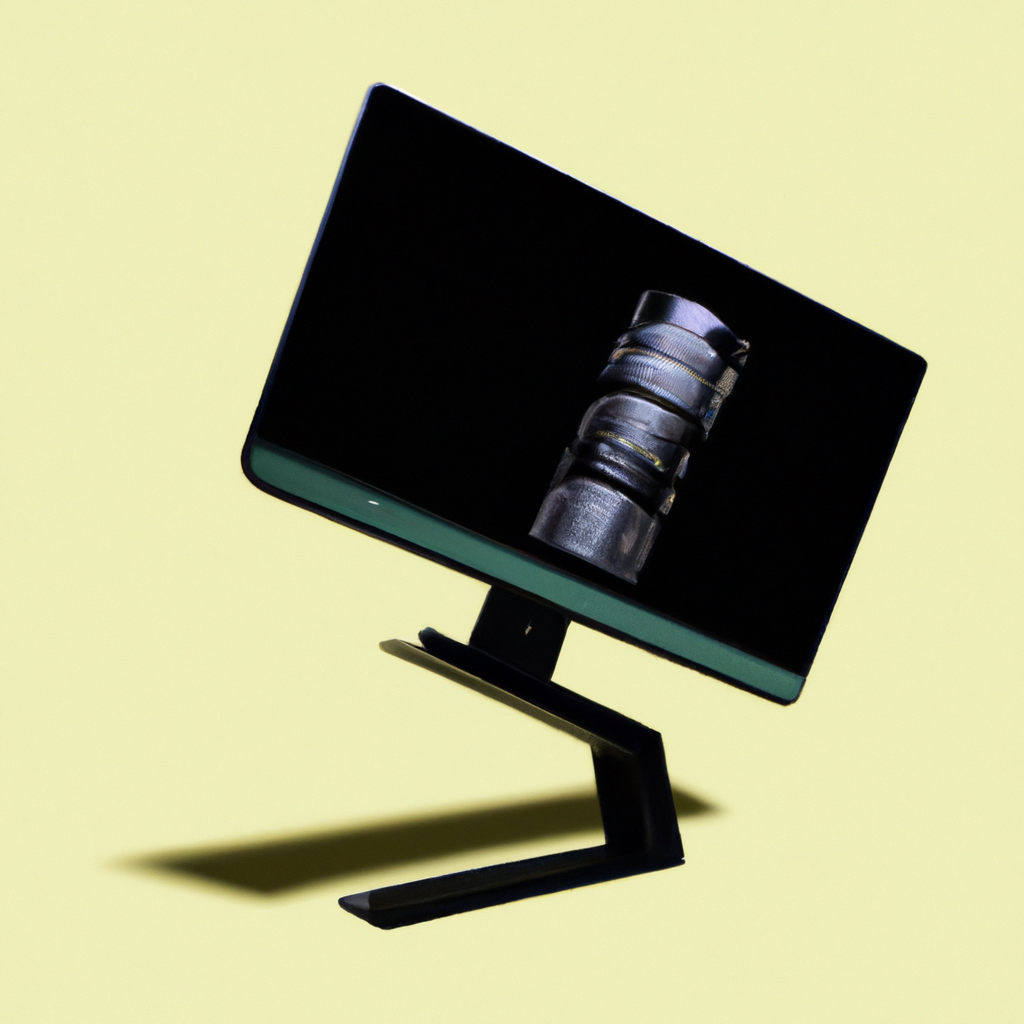
The Art of Negative Space: Unleashing Potential in Graphic Design
The Invisible Canvas: My Introduction to Negative Space
In my exploration of graphic design, a seemingly invisible but highly influential factor captured my attention – Negative Space. Using the area around the main subject of my designs, I found a new dimension of storytelling.
Negating the Obvious: Importance of Negative Space
Why is negative space a driving force in graphic design? Here are the key reasons I discerned:
- Reveals the Hidden: The right use of negative space can reveal compelling designs within the design.
- Enhances Clarity: It allows the primary elements in your design to breathe, enhancing their impact.
- Guides the Viewer: Effective use of negative space can direct the viewer’s attention exactly where you want.
Speaking by Silence: Tips for Using Negative Space
Negative Space might seem evasive, but its power can be unleashed through practice. Here are some useful pointers I gathered:
- Embrace Minimalism: Don’t clutter your design. More often, less is more.
- Balance is Key: Maintain a balance between the positive (subject) and negative space to prevent distraction.
- Break Expectations: Use negative space creatively to form shapes or patterns that catch the viewer’s eye.
Negative Space in Action
Negative space finds beautiful expression in many famous designs —think FedEx’s hidden arrow or the WWF’s panda. These designs utilize negative space to capture interest and reinforce brand messaging.
Embracing the Void: My Journey with Negative Space
Integrating negative space into my design philosophy brought richness and depth to my works. It encouraged me to think beyond the obvious, push boundaries and conjure messages in the spaces in-between.
Designers, let’s break the conventional mold and venture into the sophisticated realm of negative space. As we train our eyes to not just look at but also observe the areas around our design’s main focus, we can unlock a potent tool that can transform ordinary compositions into extraordinary narratives. Happy designing!